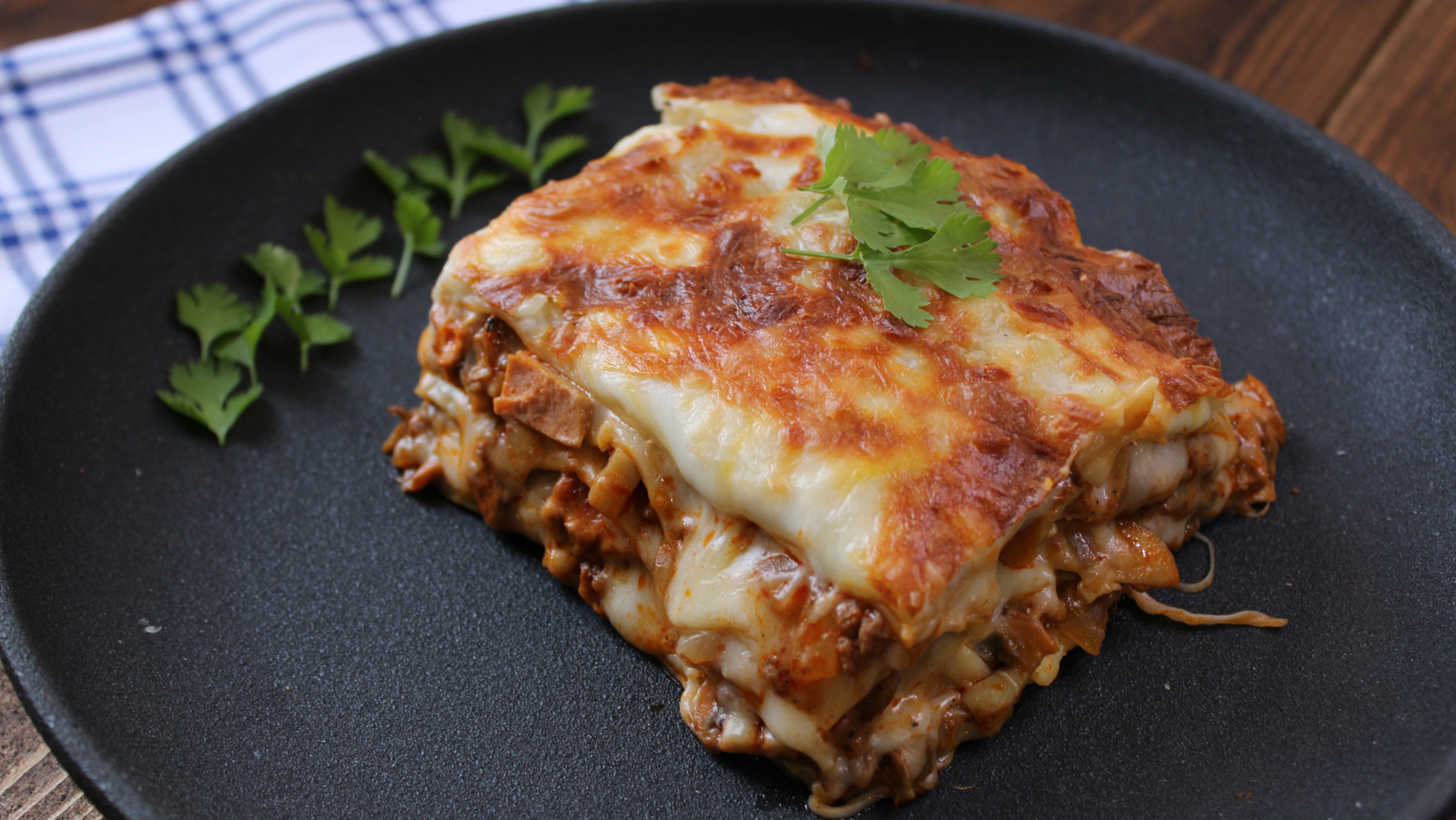
Cami Wells Ground beef is a popular staple in Nebraska, appearing in everything from tacos to spaghetti sauce to hamburgers. For our family, keeping cooked ground beef in the freezer for quick meals is a lifesaver on busy weeknights. Here are some common questions and helpful tips regarding the careful handling of ground beef.
What kind of bacteria can be in ground beef? Bacteria are everywhere in our environment; virtually any food can harbor bacteria. In foods of animal origin, bacteria such as Salmonella, Campylobacter jejuni, E. coli O157:H7, Listeria monocytogenes and Staphylococcus aureus, cause illness.

These harmful bacteria cannot be seen or smelled. This is why it is important to handle these foods carefully and always cook them to the proper temperature. What is the best way to thaw ground beef? The best way to safely thaw ground beef is in the refrigerator.
Keeping meat cold while it is defrosting is essential to prevent the growth of bacteria. Cook or refreeze within one or two days. To defrost ground beef more rapidly, defrost in the microwave oven or in cold water.
If using the microwave, cook the ground beef immediately because some areas may begin to cook during the defrosting. To defrost in cold water, put the meat in a watertight plastic bag and submerge. Change the water every 30 minutes.
Cook immediately. Is it dangerous to eat raw or undercooked ground beef? Yes, because raw and undercooked meat may contain harmful bacteria. USDA recommends not eating or tasting raw or undercooked ground beef, especially those at high risk for food poisoning including children under 5 years old, pregnant women, people aged 65 or older and those with weakened immune systems.
To be sure all bacteria are destroyed, cook meat loaf, meatballs and hamburgers to a safe minimum internal temperature of 160 degrees F. Use a food thermometer to check that they have reached a safe internal temperature. If you are cooking thin patties, you can insert the probe of the thermometer at an angle, or sideways into the patties.
.














